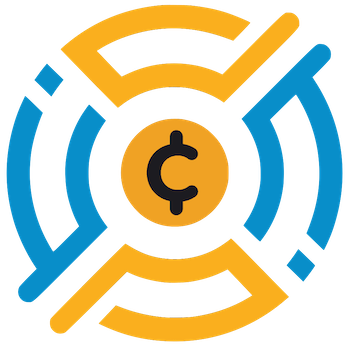In a groundbreaking turn of events, SEC Chairman Paul Atkins has unveiled plans to radically transform the agency’s treatment of digital assets. This pivot signifies an end to an era characterized by aggressive, often punitive measures against cryptocurrency ventures. Atkins’ announcement at the SEC Speaks conference underscores a crucial need for a balanced regulatory framework that fosters innovation instead of stifling it. By transitioning to a model that seeks collaboration with the crypto industry, Atkins aims to clear the fog of confusion that has long hung over this burgeoning market.
The Importance of Trust in Regulation
Atkins lamented the SEC’s historically fraught relationship with cryptocurrency companies, marked by a lack of guidance coupled with a readiness to issue subpoenas. Such an adversarial stance fostered an environment of fear and mistrust, leaving many in the industry grappling in the dark. His critique illustrates an essential truth: effective regulation must create a partnership between regulators and innovators. Only by building mutual trust can we cultivate a flourishing market that benefits investors and promotes entrepreneurial endeavors.
A Vision Built on Transparency
The newly articulated vision from the SEC is refreshingly transparent: rather than relegating firms to navigate a labyrinth of confusing rules, the agency pledges to openly engage with industry stakeholders. With his directive to the SEC staff to foster clearer communication, Atkins is not merely calling for an overhaul of existing regulations; he’s advocating for the establishment of a collaborative environment where rules are developed in partnership with the industry. This evolution could pave the way for a vibrant digital asset landscape, one that is not only inventive but also stable.
Lowering Barriers to Entry
A standout aspect of Atkins’ new framework is the concept of a single regulated environment for both traditional securities and digital assets. By permitting SEC registrants to house and trade various types of assets together, this proposal promises to lower costs—a critical factor that could democratize access to investment opportunities for a broader base of the population. The potential for creating a “super-app” for financial services is more than just a buzzword; it speaks to a future that integrates diverse investment avenues into a seamless user experience.
Rethinking Innovation Hubs
Atkins’ decision to dismantle the existing Strategic Hub for Innovation and Financial Technology (FinHub) speaks volumes about his intent to reshape the agency’s approach to innovation. The outdated infrastructure of FinHub, which had developed a reputation for its enforcement-heavy environment, had effectively sidelined many voices in the crypto space. Instead, by embedding innovation across all levels of the SEC, Atkins advocates a holistic approach to nurturing the technologies of tomorrow—one that could set the U.S. apart as a leader in the rapidly evolving financial services sector.
As the SEC gears up for this brave new chapter, the unmistakable pivot from obstruction to collaboration offers a beacon of hope for the future of fintech. The attendees of the SEC Speaks conference—as well as the broader investment community—must remain vigilant and engaged, as the outcomes of these initiatives will undoubtedly shape the landscape of digital assets for years to come.

